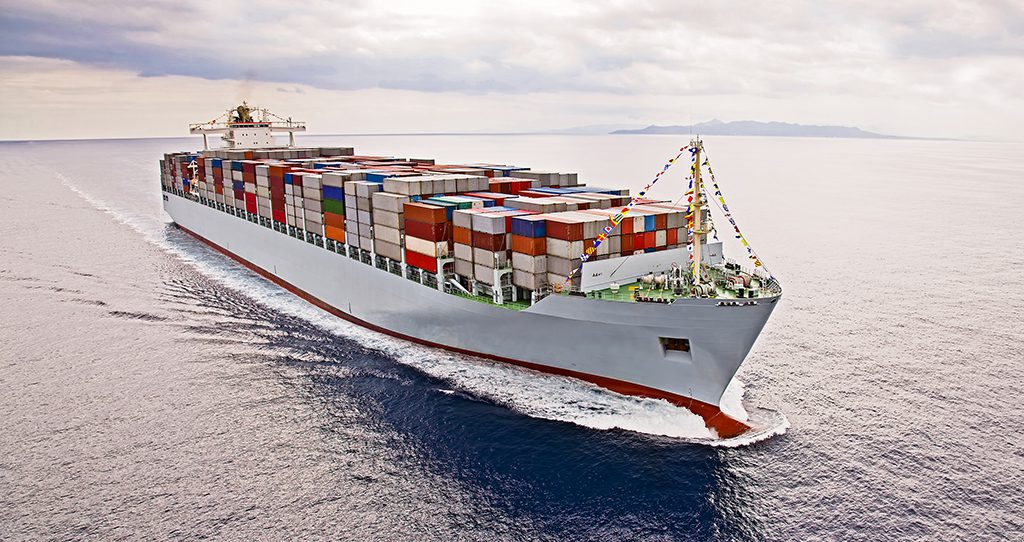
The latest issue of Floral Management explores how scientific breakthroughs have led to an increase of shipping flowers by sea.
An increasing number of the flowers coming through Miami are entering by boat, and thanks to a slew of scientific discoveries, those flowers can now travel by sea for four weeks and last just as long in a vase as flowers imported by air. Contributing writer Sarah Sampson explores the evolution of sea shipping in the July/August issue of Floral Management.
From 2018 to 2022, PortMiami reported an increase of 1,044 percent in the amount of TEU’s (twenty-foot equivalents units) of flowers.
“Sea shipping into the U.S. is very realistic and is being done very successfully,” says Terril A Nell, Ph.D., AAF, research director for the American Floral Endowment. This success, he explains, is the result of breeders producing more disease-resistant varieties, a better understanding of the cold chain, new rehydration techniques and improvements in sanitation and water quality.
Flores El Capiro, a Colombian farm known for its chrysanthemums, is among the companies embracing sea shipping. The farm began investing in sea shipping in 2008, when 87 percent of its shipments were by air. Last year, 88 percent of shipments were by sea, says company spokesperson Valeria Plazas. Capiro tracks where each container is around the globe using a real-time map and can spot delays ahead of time, allowing them to respond quickly and effectively, Plazas says. Additionally, sea shipping supports the farm’s sustainability efforts.
“We also see it as less expensive to transport via sea freight,” she says. “It is better for the environment and for business and you get the same quality of flower.”
For more details, including which types of flowers have proven to travel well by sea, check out “Sea Shipping Steps Up” in the July/August issue of Floral Management.
Katie Vincent is the senior contributing editor for the Society of American Florists.


